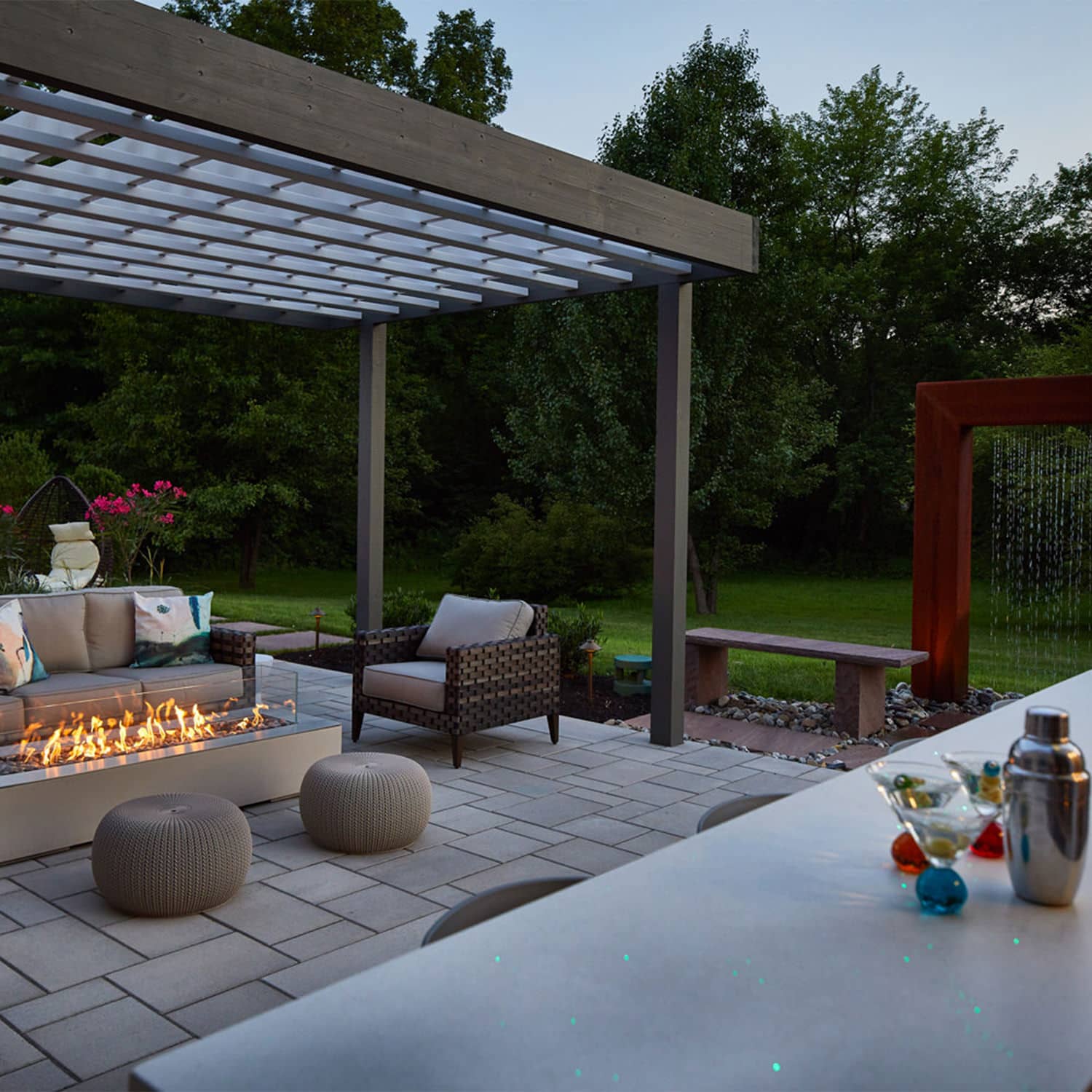Show Summer Insects Who’s Boss the Natural Way
Posted July 21, 2016 in Blog, Landscape Design, Plant and Tree
This summer is shaping up to be a beautiful sunny and warm season, perfect for swimming, backyard games, cookouts and fireside lounging. Nothing can put a damper on all the fun quite like pesky bugs, especially the ones that buzz and bite. Maybe you are an insect magnet, or chances are, you know someone who is. If you are not a fan of dousing yourself and your family in stinky chemical sprays, there are still ways to keep these pesky pests under control, and you won’t have to resort to noisy neon purple zappers. Fight nature with…nature! Put down the chemical warfare and opt for natural insect-repelling plants in your landscape!
Herbs

Mint is a great herb used mostly in cooking and to make fresh summertime drinks, 
Flowers
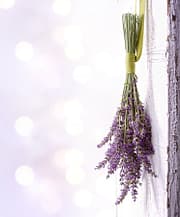
While Chrysanthemums aren’t specifically grown as an insect repellent, 
Plants
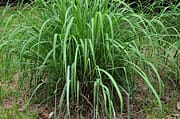
Another plant, not as popular as citronella, but works just as effectively is catnip! 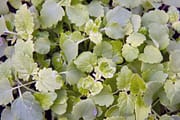
While there are many varieties of plants that work as insect repellents or insect agitators, incorporating these plants into you landscape is a mere suggestion for improved outdoor living. There is no fool-proof plan in eliminating pesky bugs all together, but you can give it the good ol’ college try!
For help deciding which plants would work for your home and landscape, reach out to MasterPLAN Outdoor Living! MasterPLAN has an extensive background in plants as well as their function, and how they will work for your property. When you are ready to take control of your outdoor living space, we are ready to start the conversation!
Join Our Newsletter
Stay up to date with what is happening with MasterPLAN Outdoor Living.

An outdoor kitchen can be as modest or elaborate as you wish! Our discovery process will help facilitate educated decisions for your outdoor living space in both form and function.

An outdoor kitchen/bar can include as little or as many features as you’d like! Our discovery process will hone in on what makes the most sense for your family, home and lifestyle.
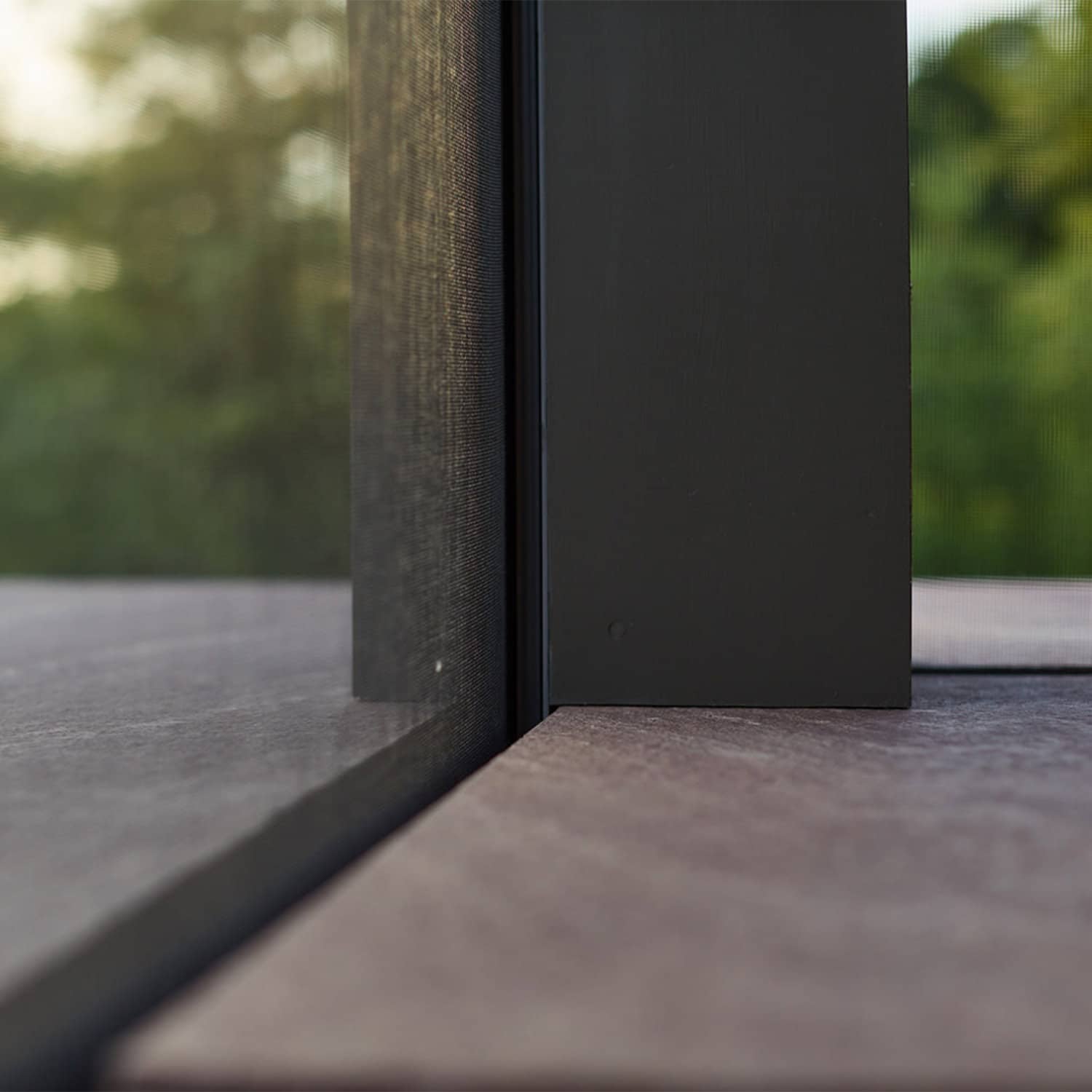
Automatic Phantom Screen Systems are a clean and efficient way to keep the bugs out of your outdoor party or hangout!

This Schwenksville, PA space boasts outdoor entertainment at its comfiest with bug protection from the Phantom Screen System, the infrared heaters, fire table, outdoor tv and dimmable mood lighting.
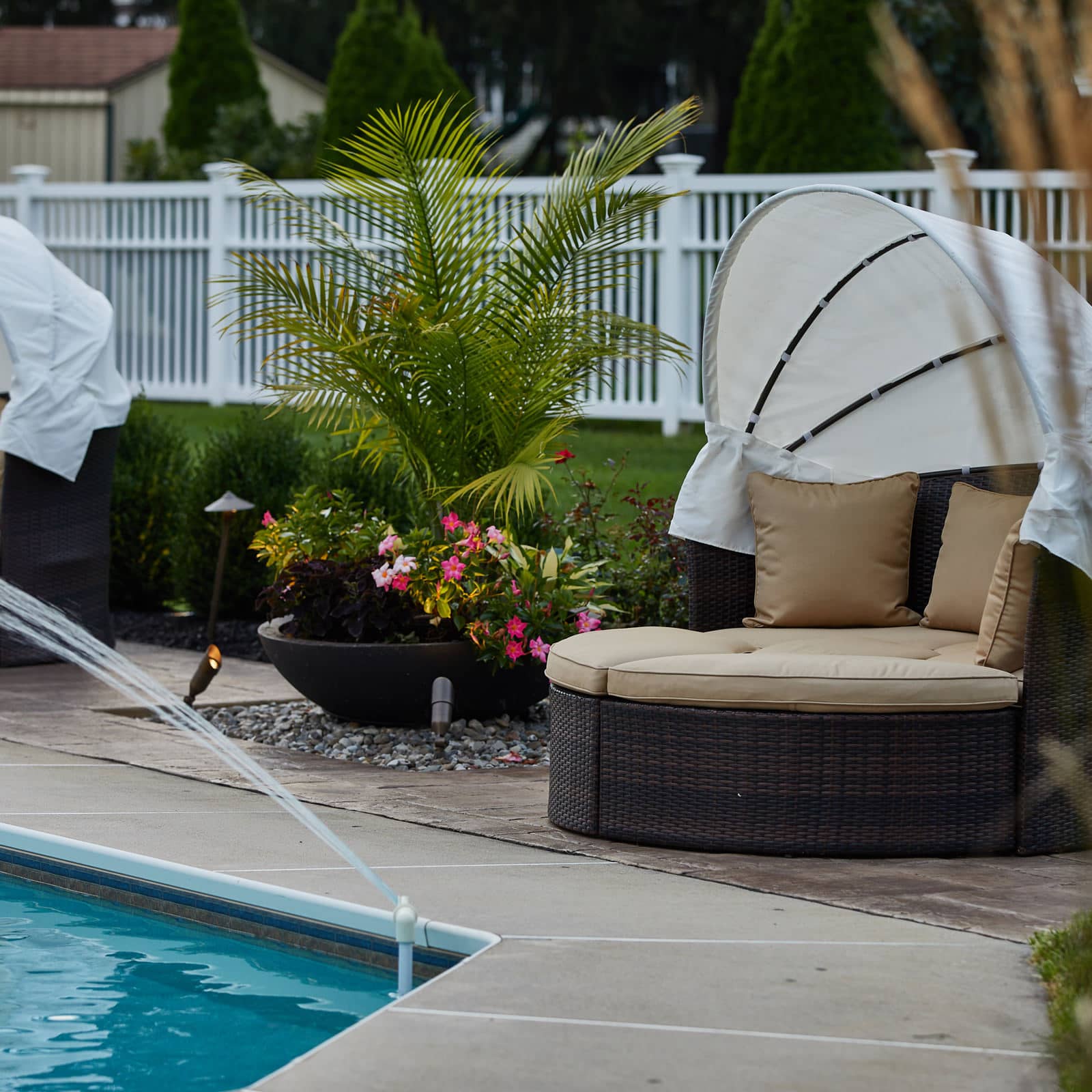
It’s the details that make each MasterPLAN project feel like home.

The iridescent tile selected for this overflow spa and swimming pool keeps the tile cool during the hot days of summer and beautifully shifts in color as the sun rises and sets!

Stone, metal and wood beautifully enhance the look of this Center Valley home. Learn more about this MasterPLAN project…

This deck lounge space gets a lot of attention from the family once it’s time to relax after a long day!

We designed this gunite swimming pool with a church step entrance. This allows easy entry and additional room to relax at different depths!





